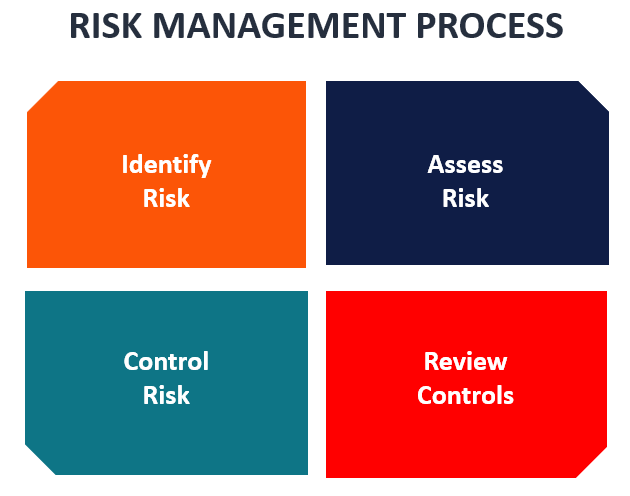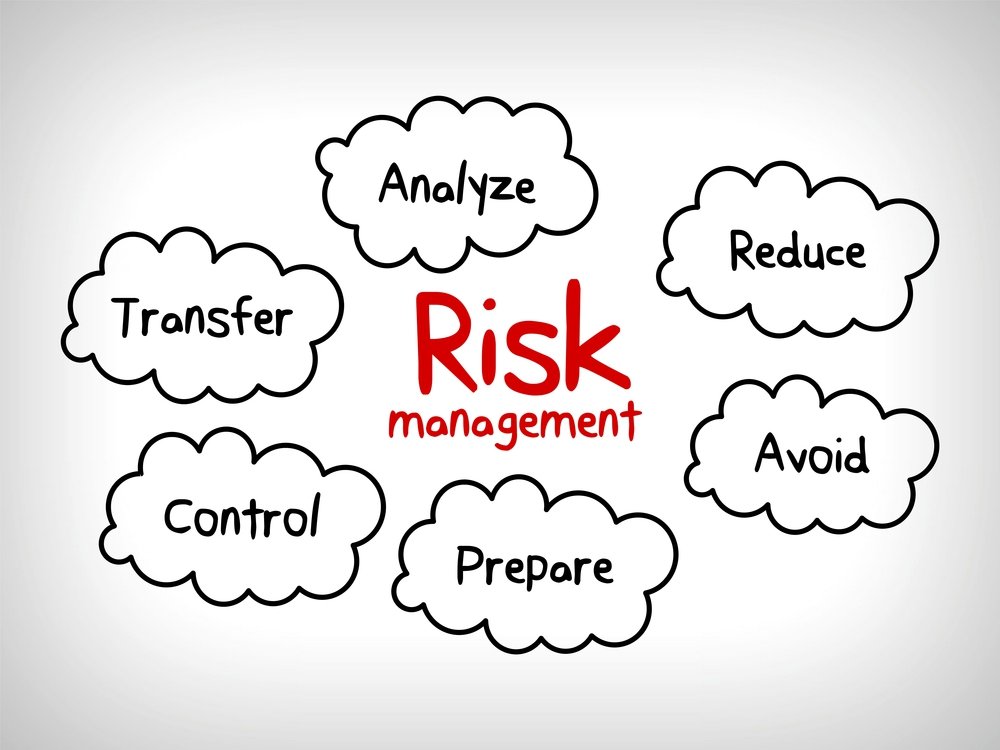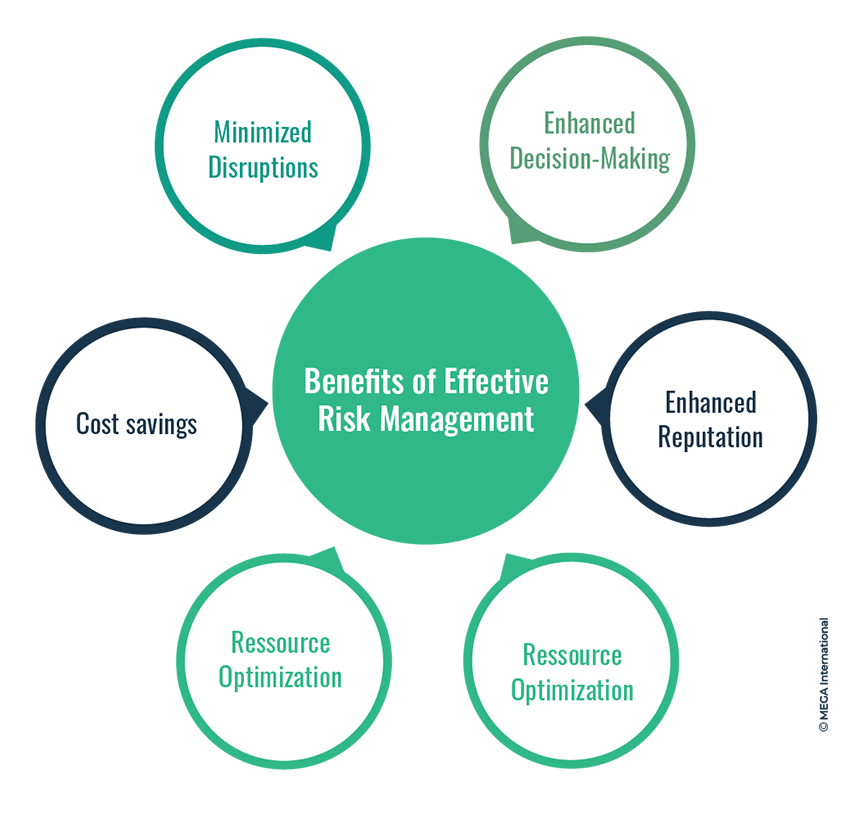The Function and Importance of Risk Management in Ensuring Organizational Continuity
The Function and Importance of Risk Management in Ensuring Organizational Continuity
Blog Article
Checking out the Value of Risk Management for Effective Decision-Making Techniques
In the intricate world of business, Risk Management becomes a critical aspect in the decision-making process. The capability to recognize potential dangers and opportunities, and strategize as necessary, can spell the difference in between success and failing. With tools such as SWOT and PESTEL, organizations are outfitted to make informed options, cultivating durability and versatility in an ever-changing setting. Wondering exactly how this functions? Let's unload the characteristics further.
Understanding the Idea of Risk Management
Risk Management, an important element in decision-making, is frequently misconstrued or oversimplified. Generally, it refers to the recognition, assessment, and prioritization of dangers to minimize, check, and manage the chance or influence of regrettable events. Nevertheless, it's not simply about preventing unfavorable outcomes, but likewise concerning recognizing prospective possibilities. Risk Management entails regimented and structured methods, utilizing information and insightful assessments. It calls for a comprehensive understanding of the company's context, goals, and the potential threats that might prevent them. From economic unpredictabilities, legal obligations, strategic Management errors, to mishaps and natural disasters, it resolves different risks. Significantly, effective Risk Management is not stationary; it's a constant, forward-looking procedure that develops with changing conditions.
The Duty of Risk Management in Decision-Making Processes
In the world of critical planning and company procedures, Risk Management plays an integral duty in decision-making processes. Risk Management therefore comes to be a crucial tool in decision-making, helping leaders to make informed selections based on a detailed understanding of the dangers involved. Risk Management serves as an essential element in the decision-making processes of any kind of organization.

How Risk Management Enhances Strategic Planning
In the context of critical preparation, Risk Management plays a crucial duty. Starting with the identification of possible dangers, it even more encompasses the implementation of Risk mitigation measures. The duty of Risk Management is not static but dynamic, as it requires continuous monitoring and adjusting of strategies.
Identifying Prospective Dangers

Applying Risk Reduction
Risk mitigation approaches can vary from Risk evasion, Risk transfer, to risk reduction. Each method needs to be tailored to the particular Risk, considering its prospective influence and the organization's Risk resistance. Effective Risk mitigation calls for a deep understanding of the Risk landscape and the possible influence of each Risk.
Tracking and Readjusting Approaches
Though Risk reduction is a crucial action in strategic planning, continuous monitoring and change of these methods is just as important. It likewise supplies an opportunity to examine the success of the Risk Management procedures, allowing adjustments to be made where necessary, more boosting calculated planning. Tracking and readjusting Risk Management strategies is a crucial element for improving an organization's strength and critical planning.
Instance Researches: Successful Risk Management and Decision-Making
In the globe of organization and finance, effective Risk Management and decision-making frequently serve as the pillars of prosperous ventures. These cases highlight the worth of sharp Risk Management in decision-making procedures. These cases emphasize the critical role of Risk Management in tactical decision-making.
Tools and Techniques for Reliable Risk Management
Navigating the intricate puzzle of Risk Management requires the right collection of techniques and tools. These tools, such as Risk registers and heat maps, help in identifying and assessing possible threats. Methods consist of both measurable methods, like sensitivity analysis, and qualitative approaches, such as SWOT evaluation. These assistance in prioritizing threats based upon their possible effect and probability. Risk action approaches, a vital component of Risk Management, entail accepting, staying clear of, moving, or mitigating threats. Surveillance and regulating dangers, via routine audits and testimonials, guarantee that the techniques stay efficient. With these techniques and devices, decision-makers can browse the her comment is here facility landscape of Risk Management, thereby helping with informed and efficient decision-making.
Future Trends in Risk Management and Decision-Making Strategies
As we check out the substantial landscape of Risk Management, it ends up being apparent that the tools and methods utilized today will certainly remain to advance. Future trends point towards a boosted dependence on innovation, with artificial intelligence and artificial intelligence playing considerable functions. These innovations will enable companies to forecast prospective threats with better accuracy and make more educated decisions. Additionally, there will certainly be a growing focus on strength, not simply in taking care of dangers however also in jumping back from unfavorable scenarios. Finally, the idea of Risk culture, where every member of an organization realizes and entailed in Risk Management, will certainly get go to the website a lot more prestige. These patterns advertise an even more inclusive and aggressive approach in the direction of Risk Management and decision-making.
Verdict

Risk Management hence comes to be an essential device in decision-making, assisting leaders to make informed selections based on a detailed understanding of the dangers involved. Risk reduction techniques can vary from Risk avoidance, Risk transfer, to take the chance of decrease (importance of risk management). Effective Risk mitigation requires a deep understanding of the Risk landscape and the prospective impact of each Risk. Risk feedback methods, a read here crucial element of Risk Management, involve approving, preventing, moving, or mitigating dangers. The concept of Risk culture, where every participant of an organization is mindful and entailed in Risk Management, will gain a lot more prominence
Report this page